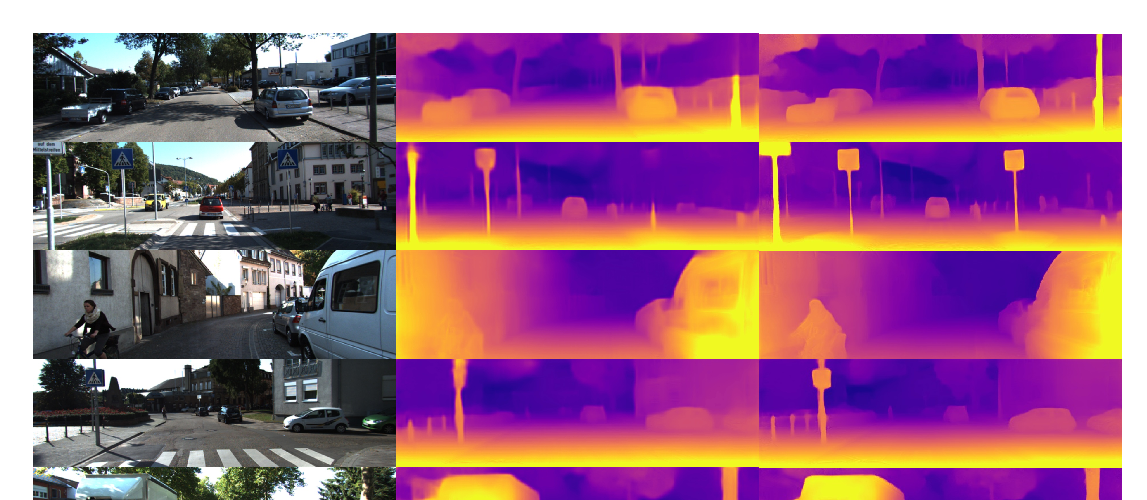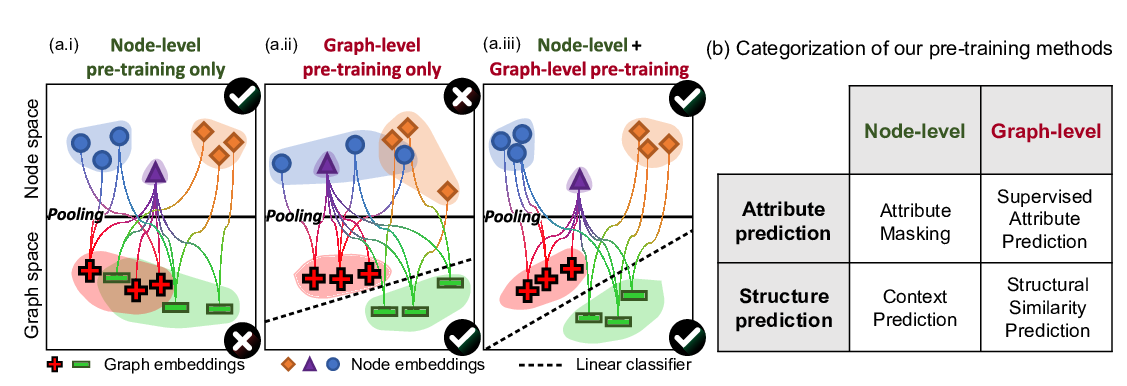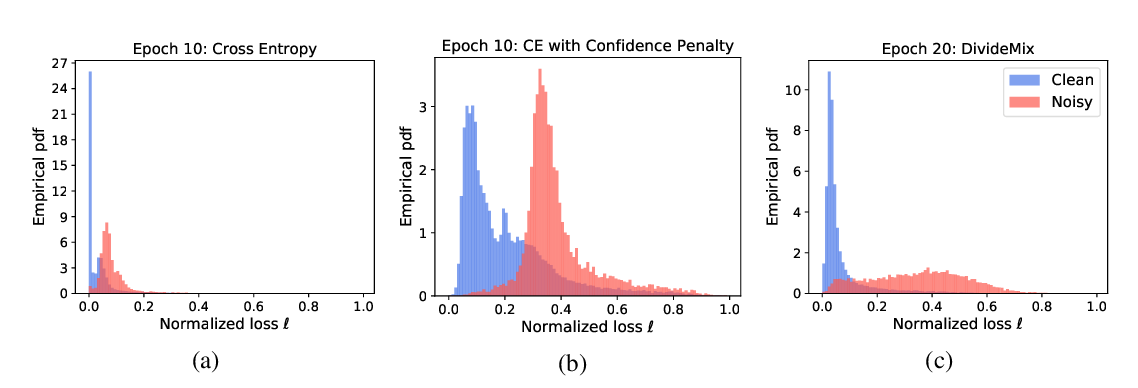Abstract:
Self-training is one of the earliest and simplest semi-supervised methods. The key idea is to augment the original labeled dataset with unlabeled data paired with the model's prediction (i.e. the pseudo-parallel data). While self-training has been extensively studied on classification problems, in complex sequence generation tasks (e.g. machine translation) it is still unclear how self-training works due to the compositionality of the target space. In this work, we first empirically show that self-training is able to decently improve the supervised baseline on neural sequence generation tasks. Through careful examination of the performance gains, we find that the perturbation on the hidden states (i.e. dropout) is critical for self-training to benefit from the pseudo-parallel data, which acts as a regularizer and forces the model to yield close predictions for similar unlabeled inputs. Such effect helps the model correct some incorrect predictions on unlabeled data. To further encourage this mechanism, we propose to inject noise to the input space, resulting in a noisy version of self-training. Empirical study on standard machine translation and text summarization benchmarks shows that noisy self-training is able to effectively utilize unlabeled data and improve the performance of the supervised baseline by a large margin.


